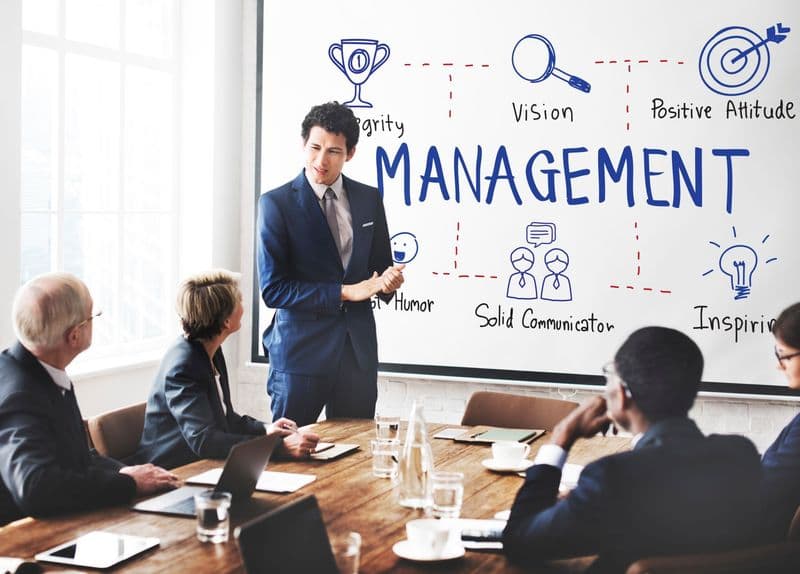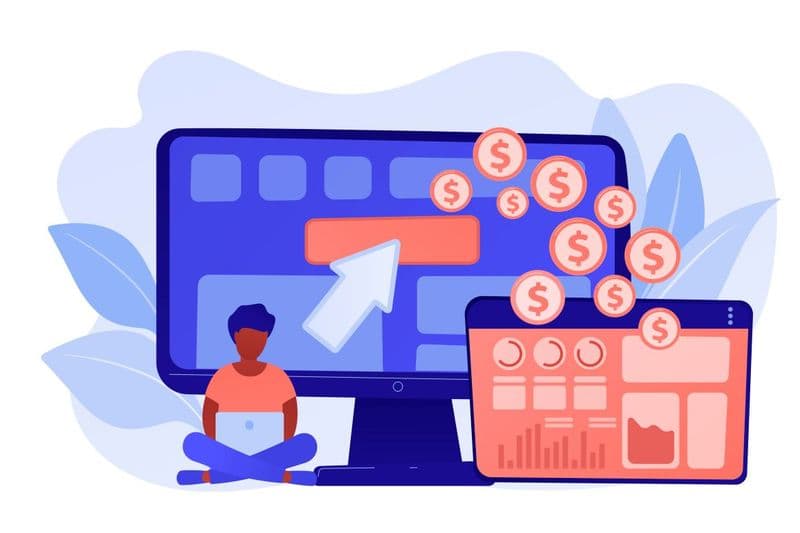Introduction
"If you're not taking care of your customer, your competitor will." – Bob Hooey
In the world of sales, two essential concepts often come up in conversation: sales pipelines and sales funnels. While sometimes these terms are used interchangeably, they represent distinct aspects of the sales process. This article aims to demystify these concepts, helping you understand their differences and how they can be effectively leveraged to improve your sales strategy.
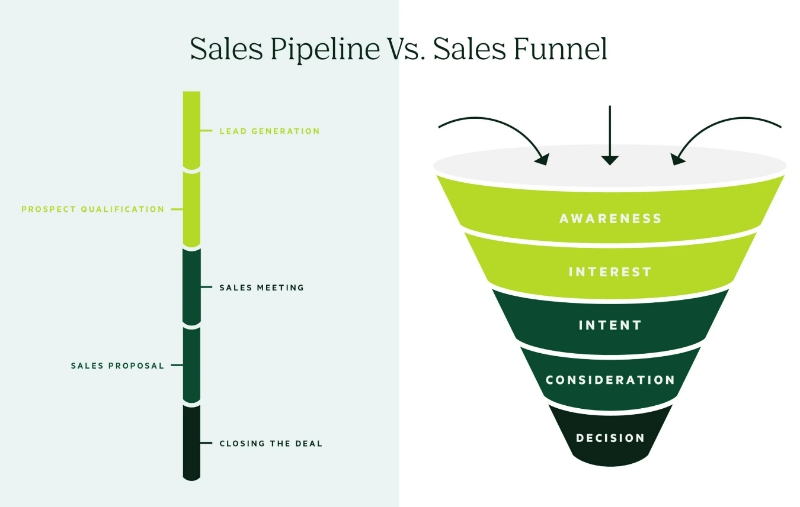
Sales Pipelines: An Overview
A sales pipeline is a visual representation of a company's sales process that helps track the progress of potential customers (or leads) as they move through various stages, from initial contact to closing a deal. It consists of a series of sequential steps, each representing a specific milestone in the buyer's journey. Stages of a sales pipeline include:
- Prospecting

- Qualification
- Meeting
- Proposal
- Negotiation
- Closing
"You don't close a sale; you open a relationship if you want to build a long-term, successful enterprise." – Patricia Fripp
Sales pipelines serve several crucial functions in sales management, such as:
- Providing a clear snapshot of the company's sales process and the progress of individual leads
- Enabling sales teams to identify bottlenecks and areas that require improvement
- Facilitating accurate sales forecasting
- Guiding sales reps on the most effective actions to take at each stage
Sales Funnels: The Bigger Picture

While a sales pipeline focuses on the steps involved in the sales process, a sales funnel is a broader concept that delves into the customer's journey from awareness to purchase. It is a metaphorical funnel that narrows down as prospects move through the different stages, ultimately leading to a small number of closed deals.
The ideal way to make your sales funnel profitable!
A sales funnel typically consists of three primary stages:
Top of the funnel (TOFU):
At this stage, potential customers become aware of your brand and the solutions you offer. This awareness is often generated through marketing efforts such as social media, content marketing, and advertising. It can even come from videos streamed through video transcoding or social media challenges.
Middle of the funnel (MOFU):
Prospects at this stage have shown interest in your products or services and are considering their options. This stage aligns with the qualification and meeting/presentation stages of the sales pipeline, where sales teams actively nurture leads through targeted communication and engagements. You may implement an AI PowerPoint generator to create the infographics for presentation and save time to focus on other tasks during this stage.
Bottom of the funnel (BOFU):
The final stage of the sales funnel represents prospects who are ready to make a purchase decision. This stage corresponds to the product proposal, negotiation, and closing stages of the sales pipeline.
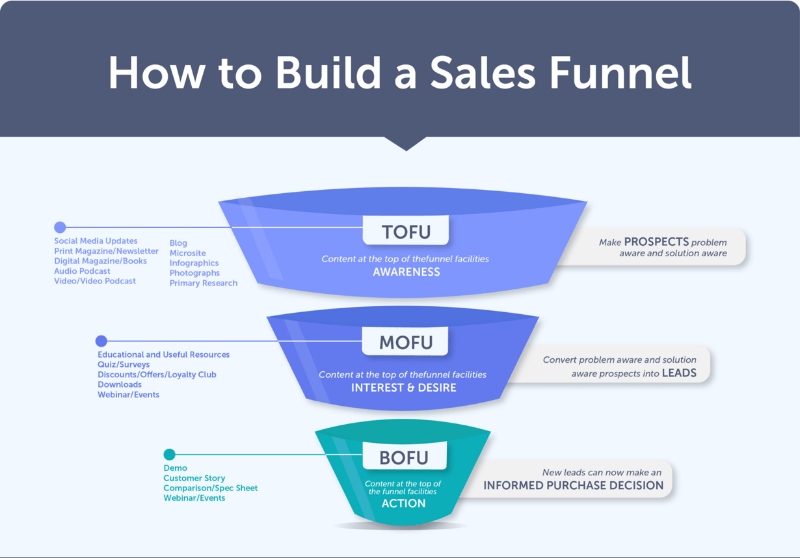
"Sales are contingent upon the attitude of the salesman, not the attitude of the prospect." – William Clement Stone
Key Differences Between Sales Pipelines and Sales Funnels
While both sales pipelines and sales funnels contribute to a company's sales strategy, they have distinct differences:
Focus:
Sales pipelines are focused on the specific steps involved in the sales process, while sales funnels encompass the entire customer journey from awareness to purchase.
Structure:
Sales pipelines are linear and consist of sequential steps, while sales funnels are shaped like a funnel, narrowing down as prospects move through the stages.
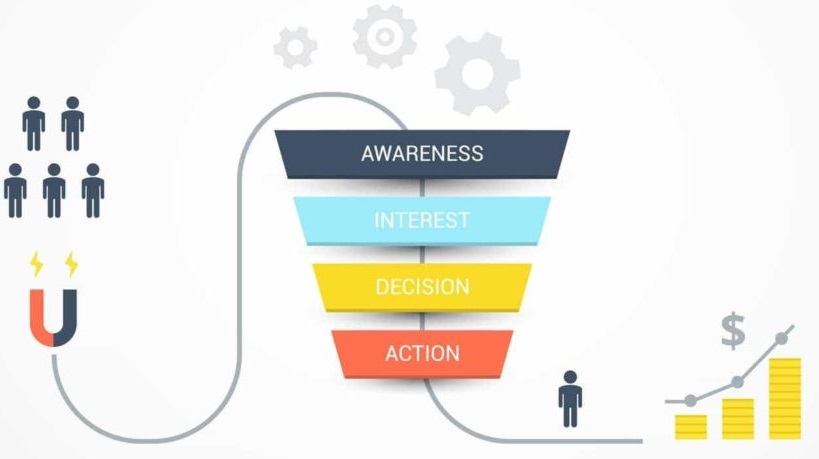

Responsibility:
Sales pipelines are primarily the responsibility of the sales team, sales, and customer success teams working together to guide prospects from awareness to conversion and improve the customer success process even further.
Difference between pipeline and funnel in a nutshell. Watch the video to know more!
Uniting the Concepts: A Holistic Approach to Sales
Understanding the differences in a sales pipeline vs sales funnel is vital for a company's sales success. While sales pipelines help visualize and manage the sales process, sales funnels provide a comprehensive view of the customer journey, enabling better collaboration between marketing, sales, and customer success teams.
To maximize effectiveness, businesses must adopt a holistic approach, integrating sales pipeline management and sales funnel optimization. This can be achieved by:
Aligning marketing and sales efforts:
Ensure that both teams are working towards the same goals and have a clear understanding of each other's roles and responsibilities. Incorporating insights from an AI RFP can help both teams evaluate and adopt intelligent solutions that streamline collaboration and improve decision-making.
Optimizing lead nurturing:
Utilize automated marketing platforms to deliver targeted content and messaging to prospects at different stages of the sales funnel, helping guide them through the pipeline.
Monitoring key performance indicators (KPIs):
Track metrics such as conversion rates and sales cycle length to identify areas for improvement and optimize your sales strategy.
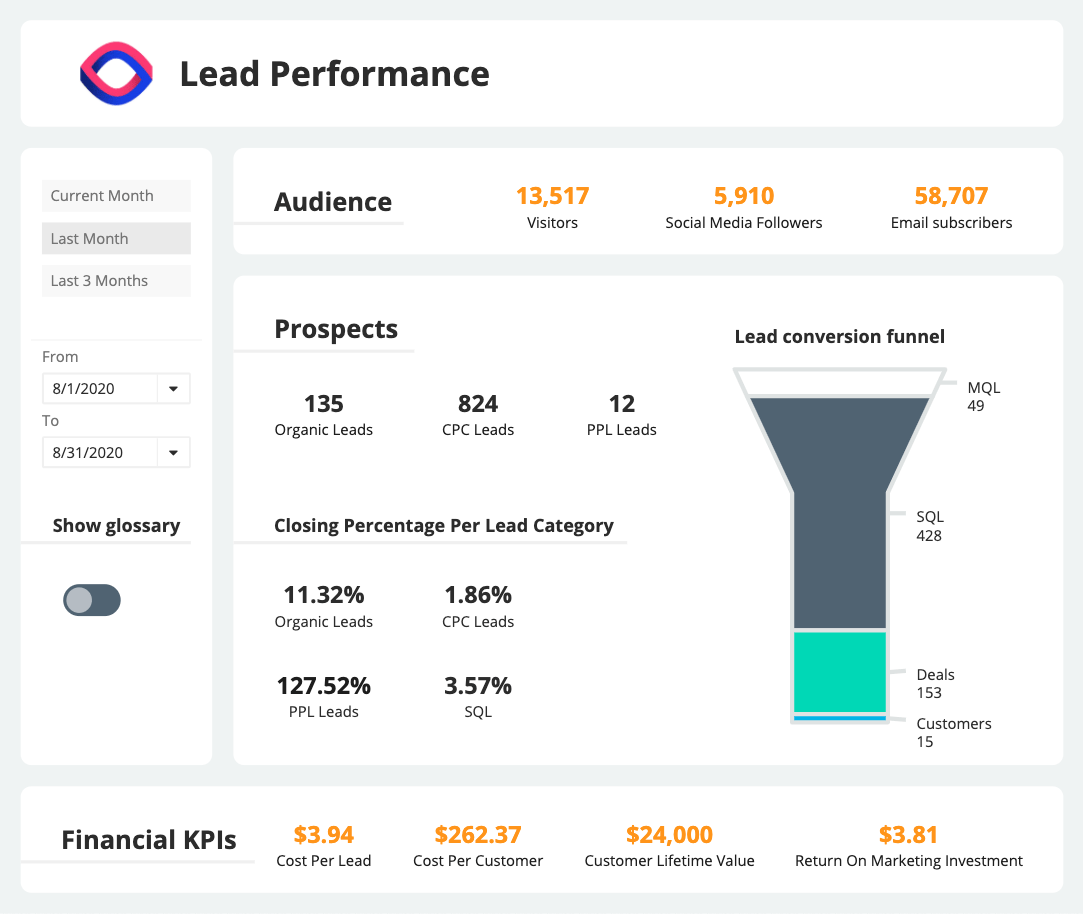
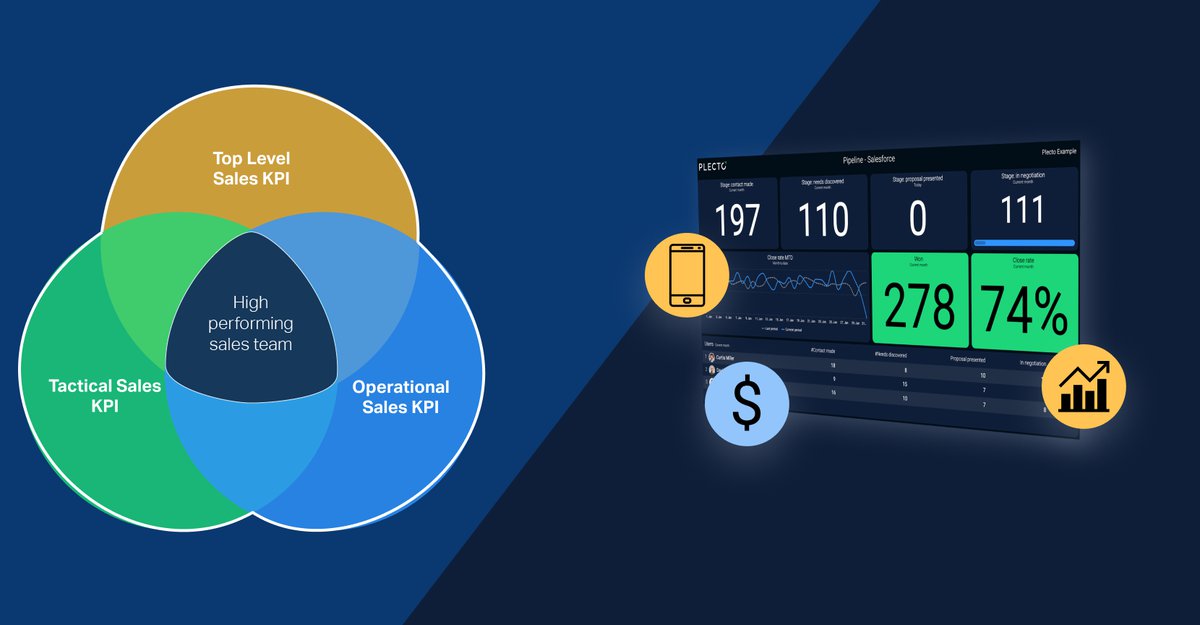
Investing in sales training and development:
Equip your sales team with the skills and resources required to manage their pipeline and close deals. Consider developing a mentorship program to encourage knowledge sharing and accelerate learning within your sales team.
Tools to build and manage sales
There are a variety of tools available to build and manage a sales pipeline and sales funnel. Here are some popular ones:
CRM software:
This type of software is designed to help businesses manage their customer interactions and sales activities. Popular options include Salesforce, HubSpot, and Zoho CRM.
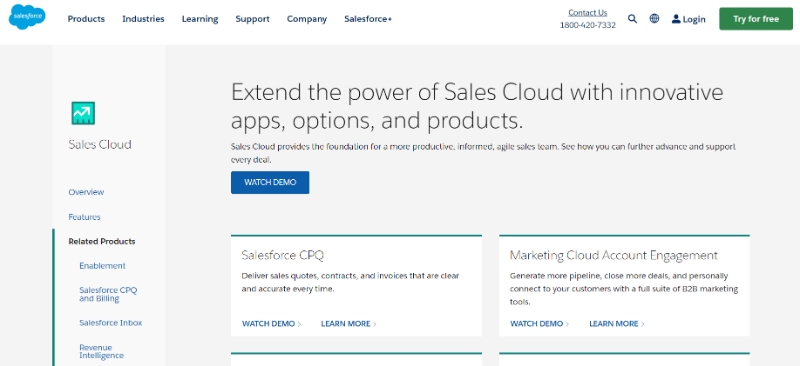
Lead Generation Tools:
These tools help businesses identify and capture leads. Examples include Leadfeeder, ZoomInfo, and Hunter.io.
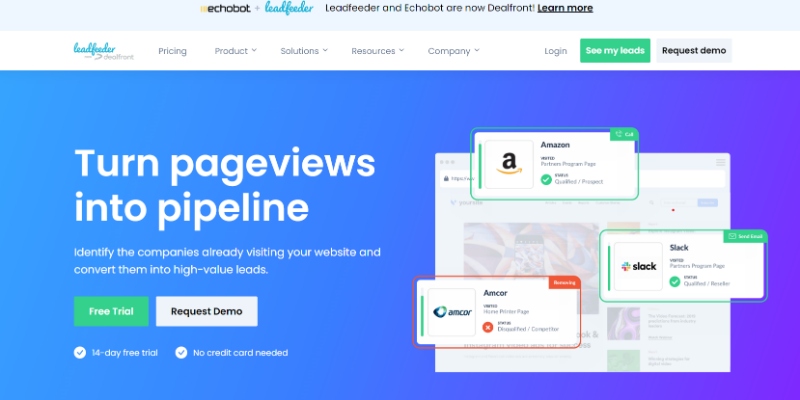
Marketing Automation Tools:
These tools help businesses automate their marketing activities, such as email campaigns and social media posts. Popular options include Mailchimp, Marketo, and HubSpot.
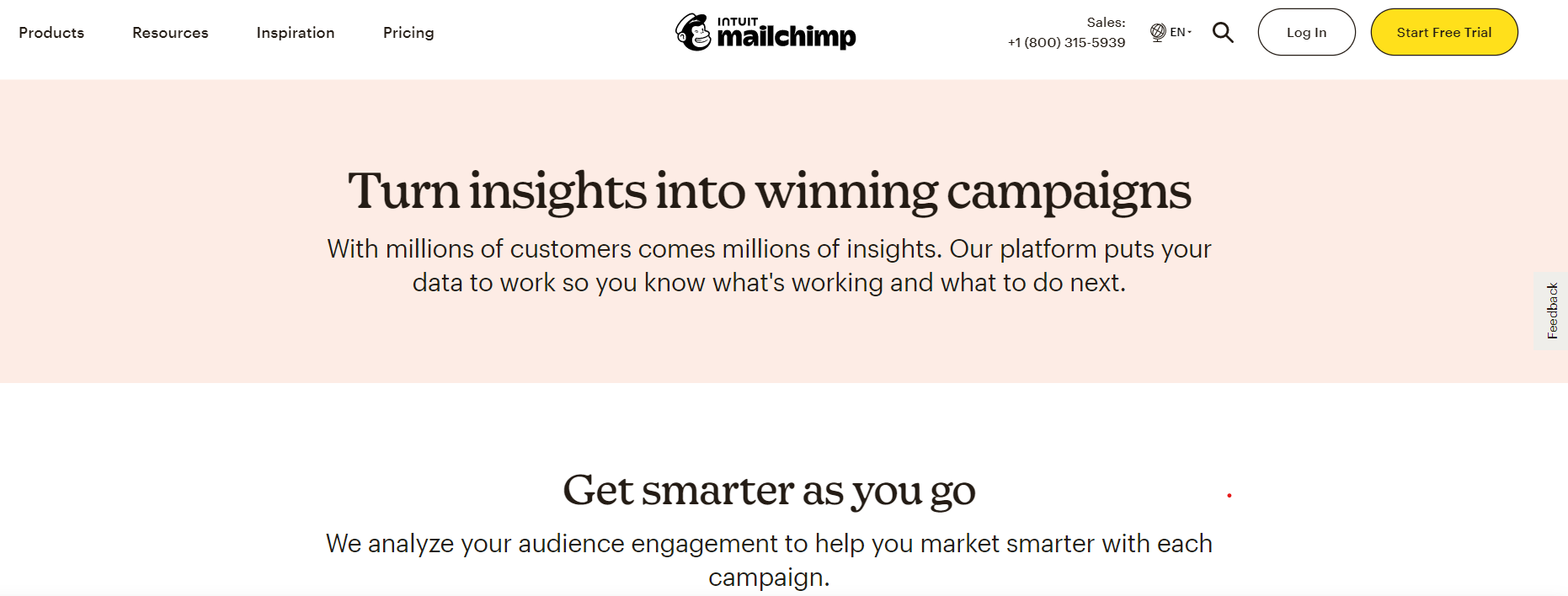
Sales Analytics Tools:
These tools help businesses track and analyze their sales performance. Examples include InsightSquared, Salesflare, and Gong.
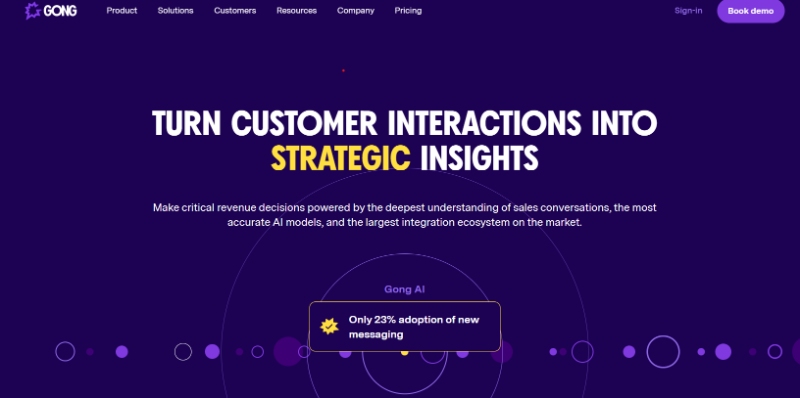
Sales Enablement Tools:
Sales enablement tools help sales teams become more effective by providing them with the content, training, and resources they need to succeed. Examples include Highspot, Seismic, Clevenio and Brainshark.
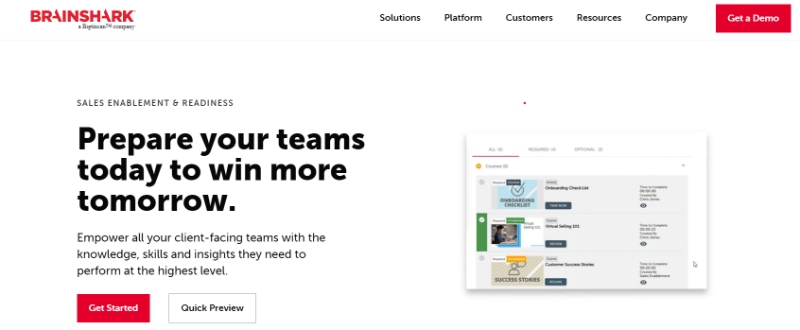
Pipeline Management Tools:
These tools help businesses visualize and manage their sales pipeline. Examples include Pipedrive, Monday.com, and Asana.
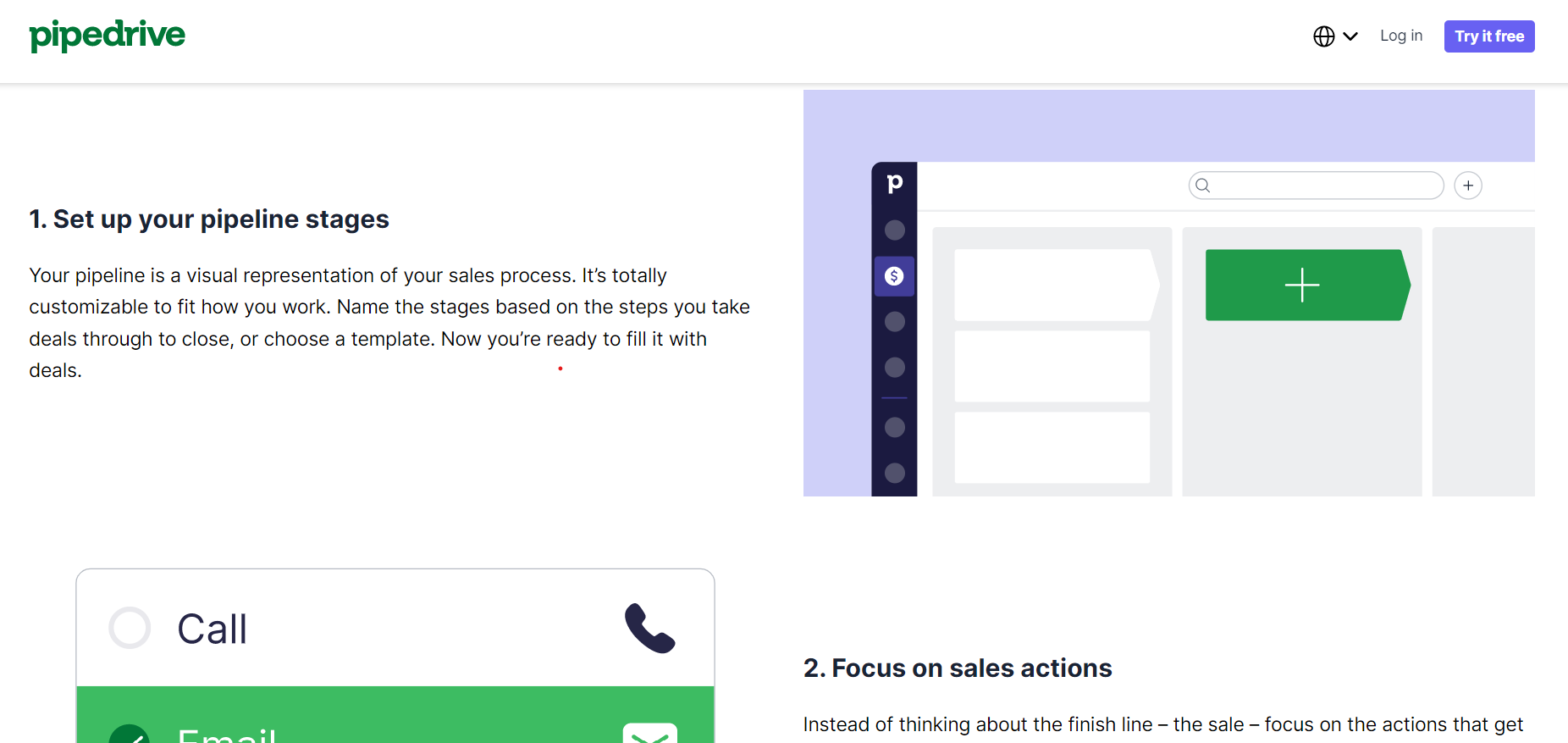
Funnel Optimization Tools:
These tools help businesses optimize their sales funnel by identifying areas for improvement and testing new strategies. Examples include Optimizely, Crazy Egg, and Unbounce.

Conclusion
In conclusion, understanding and leveraging the differences between sales pipelines and funnels is crucial for any business seeking to improve its sales strategy. By adopting a holistic approach and focusing on both concepts, companies can achieve better alignment between marketing and sales, optimize lead nurturing, and ultimately drive higher conversions and long-lasting customer relationships.
"The best salespeople know that their expertise can become their enemy in selling." – Mike Bosworth
Remember that the success of your sales strategy ultimately depends on the ability to adapt and evolve in response to customer needs, market trends, and internal dynamics. By continually refining your sales pipeline and funnel management, you can unlock new opportunities for growth and stay ahead of the competition.
For more interesting sales-related articles visit our blog!
